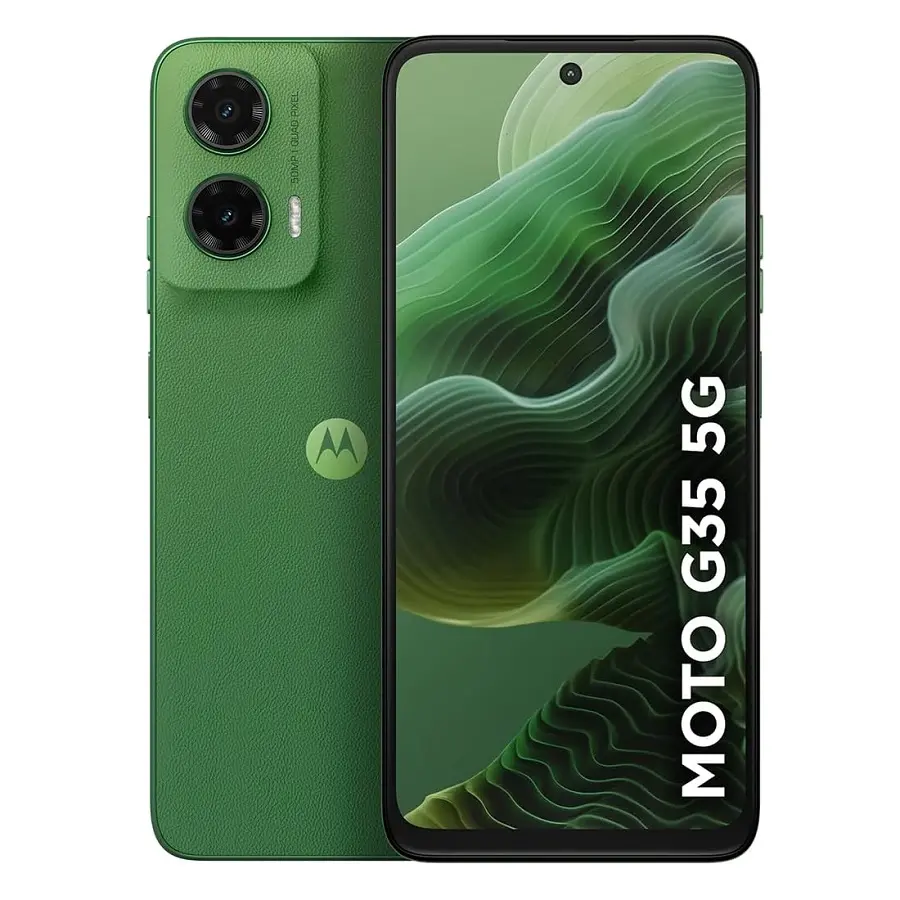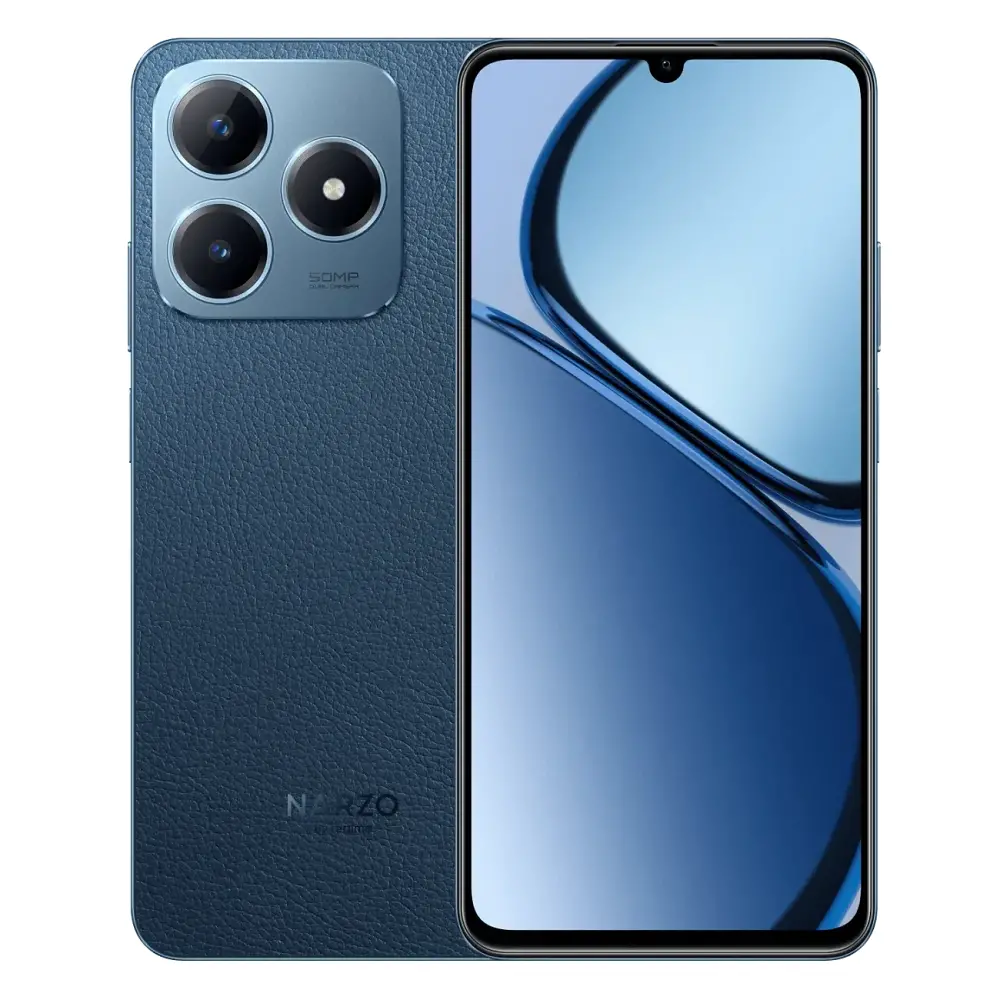Some prices may not be up to date according to today’s latest price. For reference and availability, you may check out the brand website or their shop store before buy a device.










* Offecial Smart Phone 2025

Xiaomi Redmi A5
Price: ৳ 10999Tk
Ram: 4 GB
Proton P25 Ultra
Price: ৳ 8500Tk
Ram: 4 GB
Xiaomi Redmi Note 14 Pro
Price: ৳ 29999Tk
Ram: 8 GB
Honor X5b
Price: ৳ 10999Tk
Ram: 4 GB
Helio 100
Price: ৳ 19999Tk
Ram: 8 GB
Vivo Y04
Price: ৳ 11999Tk
Ram: 4 GB
Symphony MAX 10
Price: ৳ 6999Tk
Ram: 2/3 GB
Walton ZENX 1T
Price: ৳ 12999Tk
Ram: 8 GB
Honor X9c
Price: ৳ 44999Tk
Ram: 12 GB
Itel Power 70
Price: ৳ 10990Tk
Ram: 6 GB* Unoffecial Smart Phone 2025

Apple iPhone 16e
Price: ৳ 73333Tk
Ram: 8 GB
Vivo T4x
Price: ৳ 22500Tk
Ram: 6 / 8 GB
Nothing Phone 3a Pro
Price: ৳ 52000Tk
Ram: 8 / 12 GB
Nothing Phone 3a
Price: ৳ 36500Tk
Ram: 8 GB
Samsung Galaxy A56
Price: ৳ 43990Tk
Ram: 8/12 GB
Samsung Galaxy A36
Price: ৳ 36990Tk
Ram: 6 GB
Samsung Galaxy A26
Price: ৳ 33000Tk
Ram: 6/8 GB
Motorola Moto G05
Price: ৳ 12190Tk
Ram: 4 GB
Motorola Moto G35
Price: ৳ 15690Tk
Ram: 4 GB
Realme Narzo N63
Price: ৳ 12700Tk
Ram: 4GB








